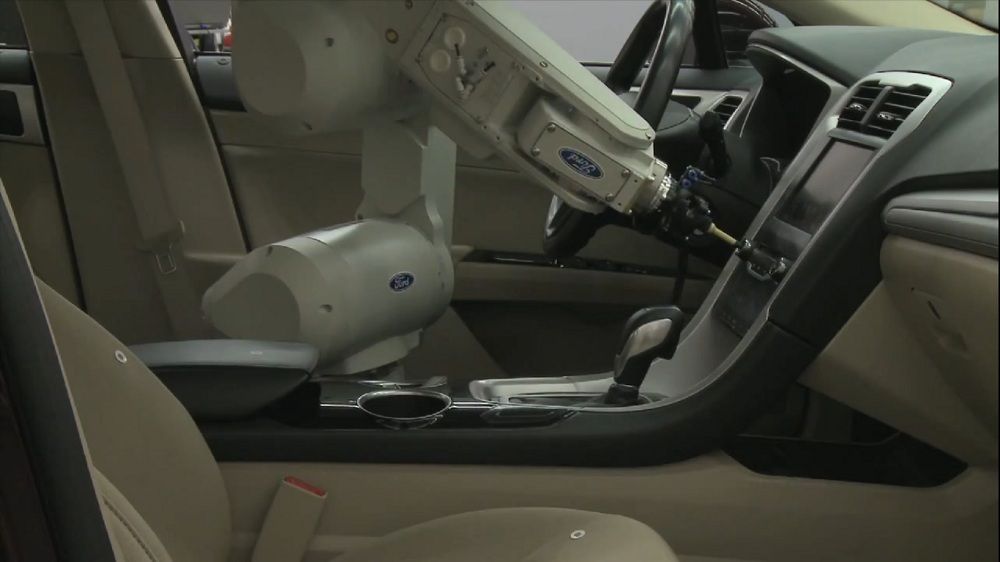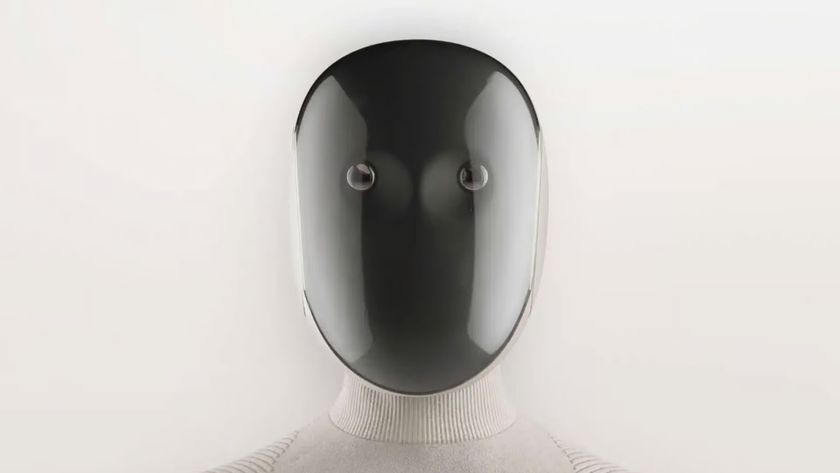Robot Feels Up Cars for Human Comfort

Tomorrow's drivers may owe their relaxed rides to a robot named RUTH. The robot arm uses its special sense of touch to act like a human buyer poking and prodding Ford cars, so that engineers can replicate the same sense of comfort for riders in each new generation of cars.
The Ford robot has six joints that allow it to turn knobs and push buttons inside of vehicles like a choosy customer. It can also provide exact measurements of softness, roughness, hardness and even temperature for maximum human comfort — a more sure method than just relying on surveys from human testers.
"Thanks to the data provided by RUTH, we can be sure the customer who buys a car like Fusion will experience the same type of quality they might feel if they were to buy a high-end luxury car ," said Eileen Franko, Ford craftsmanship supervisor. "I might be biased, but RUTH isn't."
Related: How far can you drive on a flat tire?
The Robotized Unit for Tactility and Haptics (RUTH) deployed in North America to help Ford design its 2013 Fusion car earlier this year. It previously also made its debut in Europe.
Having such a touchy-feely robot helps human engineers feel out vehicle interiors much more effectively, said Luke Robinson, Ford metrologist and RUTH technician. Engineers previously only used handheld measuring tools that didn't give a good sense of the comfort inside vehicles.
"An engineer outside of our department might even have pushed a dictionary and a pop can into an armrest to measure its resistance and softness," Robinson said. "But now engineers can contact us and we can put RUTH into a vehicle; within a few hours, we can give them tangible data."
Sign up for the Live Science daily newsletter now
Get the world’s most fascinating discoveries delivered straight to your inbox.
"With years of Ford customer research to tell us where to start," Robinson added, "we can use RUTH to measure exactly what the majority of customers want."
The cars customers buy may increasingly come to resemble robots themselves. Smart cars already have features such as robot co-pilots that can take the wheel in certain situations — technologies paving the way for commercial self-driving cars.
This story was provided by InnovationNewsDaily, a sister site to LiveScience. Follow InnovationNewsDaily on Twitter @News_Innovation, or on Facebook.













